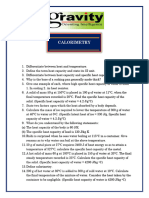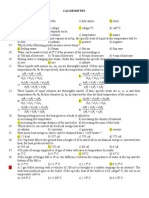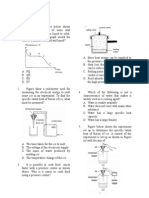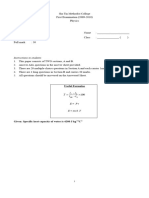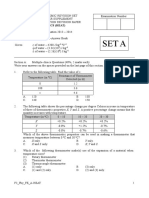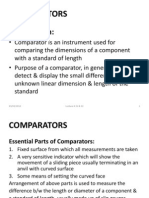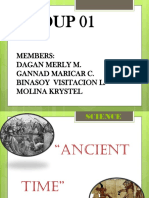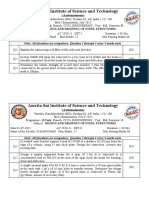0% found this document useful (0 votes)
15 views9 pagesCalorimetry
The document contains a series of multiple-choice questions related to calorimetry, covering topics such as heat measurement, specific heat capacity, phase changes, and the principles of heat transfer. It includes questions about the specific heat capacity of various substances, the latent heat of fusion, and the method of mixtures. Answers to the questions are provided at the end of the document.
Uploaded by
chiranth2911Copyright
© © All Rights Reserved
We take content rights seriously. If you suspect this is your content, claim it here.
Available Formats
Download as PDF, TXT or read online on Scribd
0% found this document useful (0 votes)
15 views9 pagesCalorimetry
The document contains a series of multiple-choice questions related to calorimetry, covering topics such as heat measurement, specific heat capacity, phase changes, and the principles of heat transfer. It includes questions about the specific heat capacity of various substances, the latent heat of fusion, and the method of mixtures. Answers to the questions are provided at the end of the document.
Uploaded by
chiranth2911Copyright
© © All Rights Reserved
We take content rights seriously. If you suspect this is your content, claim it here.
Available Formats
Download as PDF, TXT or read online on Scribd
/ 9







